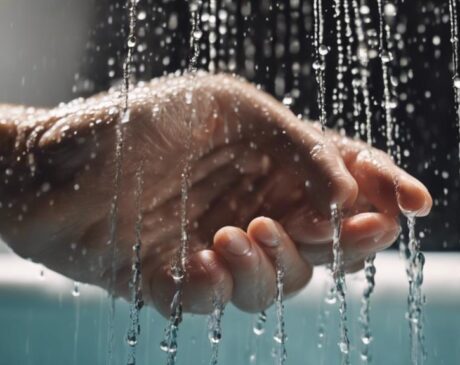Are Press on Nails Worse Than Gel
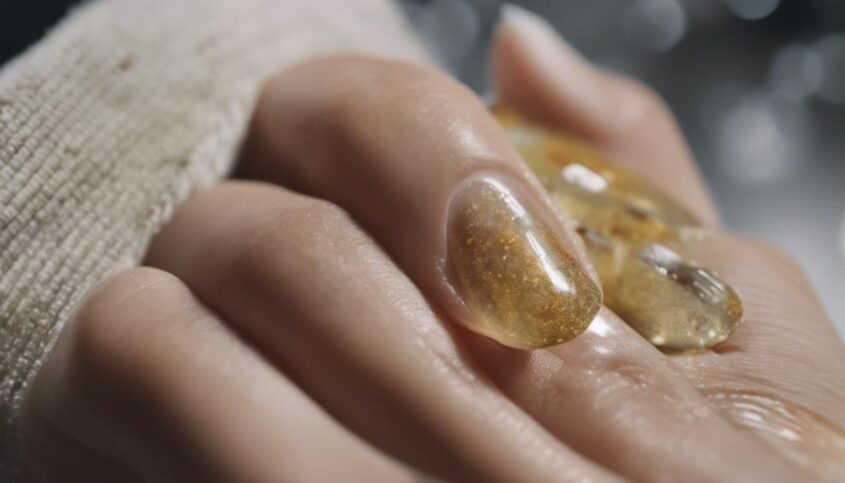
Press-on nails offer easy application with advanced technology for a durable manicure. Gel nails, cured under UV light, excel in durability and chip resistance. Both options have unique benefits to suit different preferences. The impact on nail health varies; gel nails can weaken nails over time, while press-on nails provide a cost-effective alternative. For a comprehensive understanding of which option may be better for you, consider the durability, application process, potential impact on nail health, and cost comparison. Explore the detailed insights to make an informed decision tailored to your needs.
Key Takeaways
- Press-on nails are not inherently worse than gel nails; they offer longevity and convenience.
- Gel nails may provide a more durable and professional finish compared to press-on nails.
- Press-on nails are a cost-effective alternative to gel nails, ideal for budget-conscious consumers.
- Gel nails require meticulous application and can weaken natural nails over time.
- Both press-on and gel nails have pros and cons, so the choice depends on personal preferences and needs.
Durability Comparison Between Press-On and Gel Nails
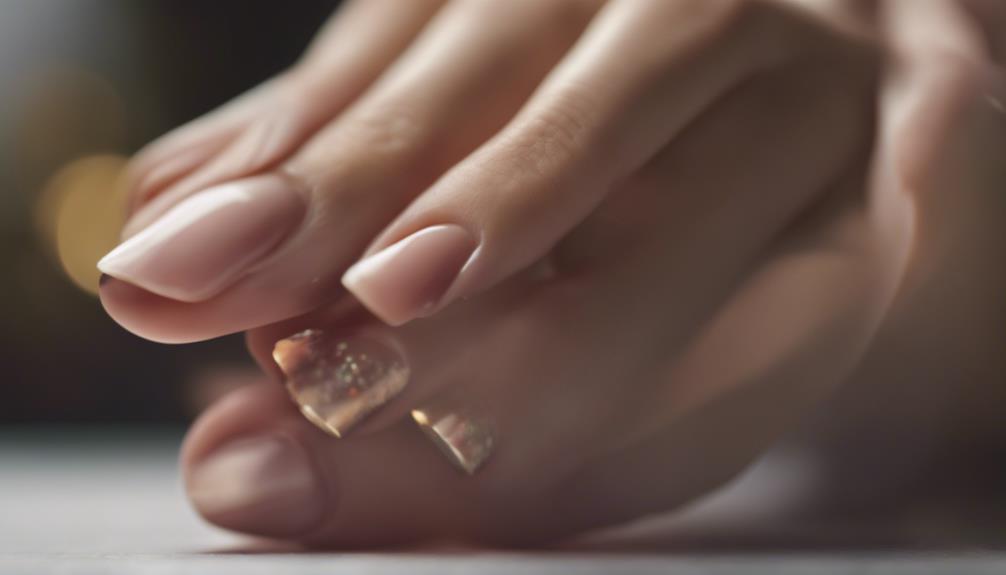
When comparing the durability of press-on nails to gel nails, it is essential to consider factors such as longevity and resistance to daily wear and tear. Press-on nails have made significant strides in recent years, with advancements in technology and materials enhancing their durability. These nails are designed to withstand the rigors of daily life, offering a longer-lasting alternative to traditional nail polish.
Gel nails, on the other hand, are known for their durability and ability to resist chipping and peeling. The application process involves curing the gel under UV light, creating a strong bond that can last for weeks without losing its shine or color. This longevity is a key selling point for those looking for a low-maintenance nail solution.
Innovations in both press-on and gel nails have led to improvements in their durability, making them viable options for individuals seeking long-lasting manicures. Whether you opt for the convenience of press-on nails or the longevity of gel nails, both offer durable solutions that can withstand the demands of modern life.
Application Process for Press-On Nails
Advancements in nail technology have not only improved the durability of press-on nails but have also streamlined the application process for achieving a flawless manicure. The application process for press-on nails has become more efficient and user-friendly, catering to individuals seeking a quick and convenient way to enhance their nails. Here are some key points regarding the application process for press-on nails:
- Easy Application: Press-on nails now come with adhesive already applied, making it a simple peel-and-stick process.
- Customizable Sizing: Many press-on nail kits offer a variety of sizes to ensure a perfect fit for each nail.
- No Dry Time: Unlike gel nails that require curing under a UV lamp, press-on nails are instantly ready to wear, saving time and hassle.
With these advancements, applying press-on nails has become a hassle-free and time-saving alternative for achieving salon-quality manicures at home.
Application Process for Gel Nails
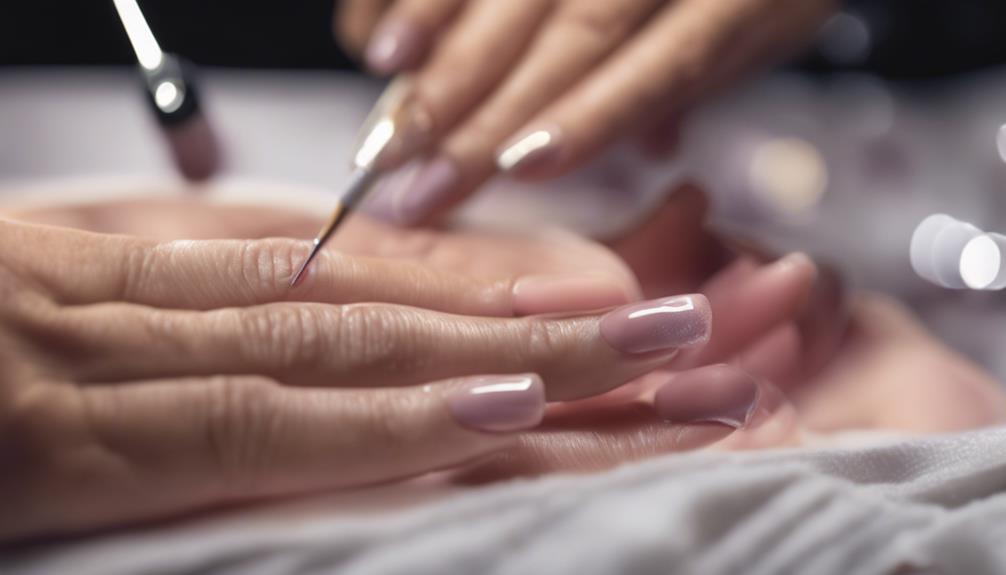
The application process for gel nails involves a meticulous and precise technique to ensure a long-lasting and high-quality manicure. Gel nails are a popular choice for individuals seeking durable and glossy nail enhancements. Here is an overview of the typical steps involved in the application process for gel nails:
| Step | Description |
|---|---|
| Nail Preparation | The natural nails are cleaned, shaped, and buffed to create an ideal base. |
| Primer Application | A bonding agent is applied to help the gel adhere to the natural nails. |
| Gel Application | The gel polish is carefully applied in thin layers and cured under a UV or LED lamp. |
| Finishing Touches | Any excess gel is removed, and the nails are filed and buffed for a smooth finish. |
This method results in a flawless and long-lasting manicure that can withstand daily activities with minimal chipping or peeling. The precision and innovation involved in the gel nail application process contribute to its popularity among nail enthusiasts.
Potential Impact on Nail Health
The meticulous application process involved in gel nails may have implications for nail health that warrant consideration. While gel nails offer a long-lasting and durable alternative to traditional nail polish, there are some potential drawbacks to be aware of:
- Risk of Nail Damage: The curing process under UV light can weaken the nails over time, leading to brittleness and breakage.
- Potential for Infections: Improper application or inadequate sanitation practices at the salon can increase the risk of fungal or bacterial infections.
- Difficulty in Removal: The removal process often involves soaking nails in acetone, which can dehydrate the nail bed and surrounding skin, causing dryness and irritation.
Considering these factors, it is essential to weigh the benefits of gel nails against the potential impact on nail health. Proper care, maintenance, and occasional breaks between applications can help minimize the risk of adverse effects and maintain overall nail health.
Cost Comparison: Press-On Vs. Gel Nails
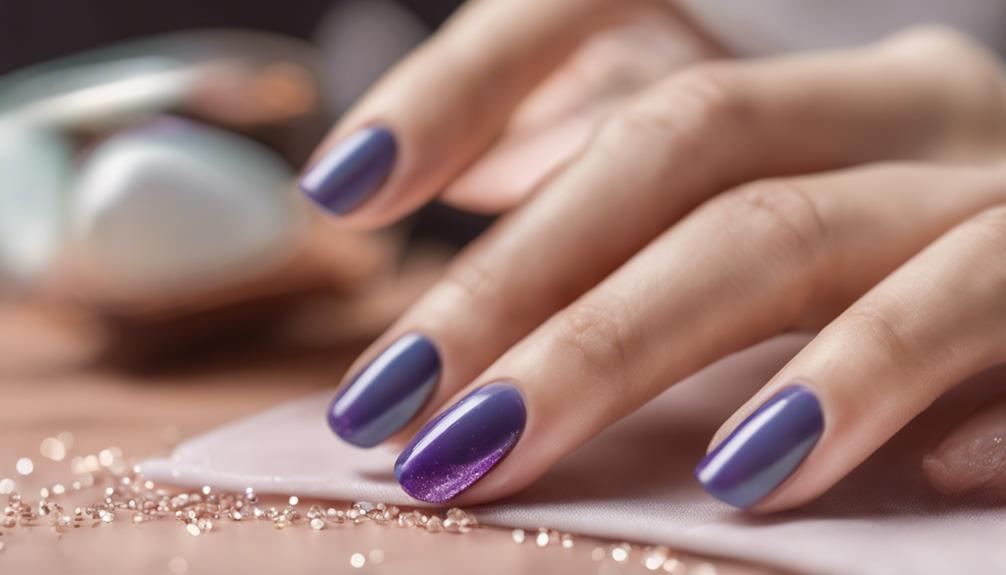
When comparing the cost of press-on nails to gel nails, it is evident that there is a noticeable difference in price. Press-on nails are a cost-effective alternative to gel nails. A typical set of press-on nails can range from $5 to $15, making them a budget-friendly option for those looking to switch up their nail style frequently. On the other hand, gel nails are a more expensive investment, with prices typically starting at $25 and ranging upwards of $60 per session at a salon. While gel nails offer a longer-lasting and more professional finish compared to press-on nails, the price difference may influence individuals to opt for press-on nails, especially for temporary occasions or those on a budget.
In the realm of nail fashion and self-expression, the cost disparity between press-on and gel nails provides consumers with a range of choices to suit their preferences and financial considerations. Whether one chooses the convenience and affordability of press-on nails or the durability and luxurious feel of gel nails, both options cater to the diverse needs of beauty enthusiasts seeking innovative nail solutions.
Frequently Asked Questions
Can Press-On Nails Be Reused, or Are They Single-Use Only?
Press-on nails can be reused with proper care. By using quality adhesive tabs or glue, gently removing them, and storing them correctly, you can extend their lifespan. Regular maintenance ensures durability and multiple uses.
Do Gel Nails Require More Maintenance Than Press-On Nails?
Gel nails offer durability and require less maintenance compared to press-on nails. The application process involves curing under UV light, resulting in a long-lasting finish. Gel nails also provide a glossy appearance and are less prone to chipping.
Are There Any Potential Allergic Reactions to the Materials Used in Press-On Nails?
Potential allergic reactions to materials in press-on nails can occur due to ingredients like formaldehyde and toluene. It's essential to be aware of sensitivities and opt for hypoallergenic options. Consult with a professional for guidance.
How Long Does It Take for Gel Nails to Fully Cure and Harden?
The process of curing and hardening gel nails typically takes around 2-3 minutes under a UV or LED lamp. This innovative technique ensures a durable and long-lasting manicure. Quality products and proper application are key for optimal results.
Can Press-On Nails Damage Natural Nails if Not Applied or Removed Properly?
Improper application or removal of press-on nails can potentially damage natural nails. It is important to follow proper techniques and instructions to minimize any negative effects and preserve the health of your natural nails.



